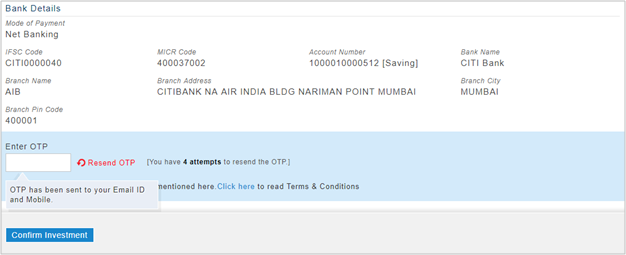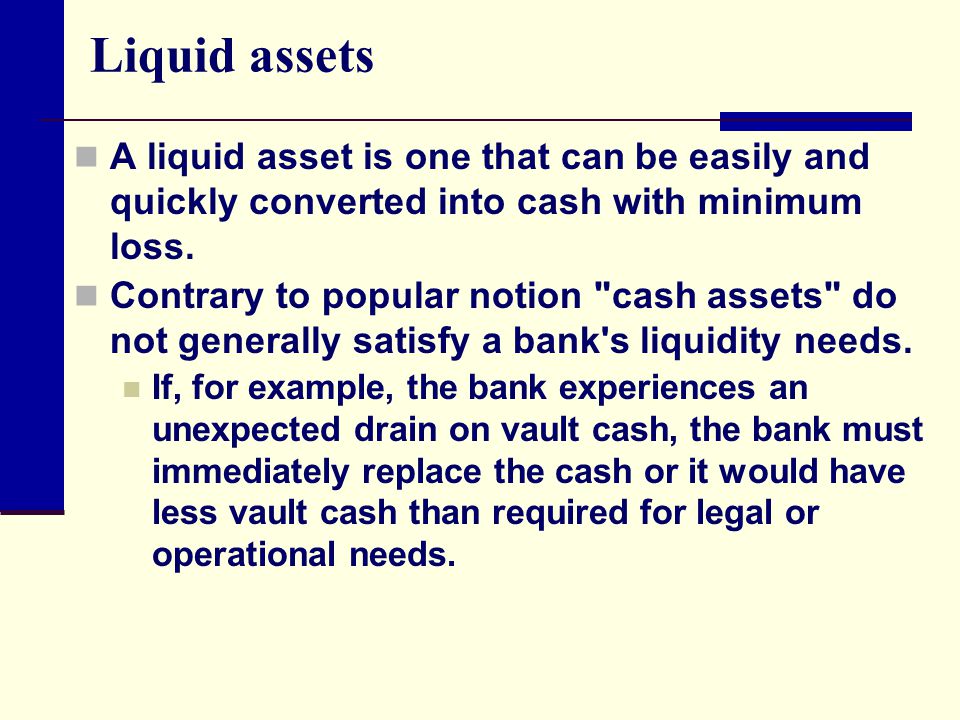

But businesses like retail may have low STR as they are often dependent on inventory. Fixed costs remain constant over the ‚relevant range‘ – levels in activity in which the business has experience and can therefore perform a degree of accurate analysis. It will either have operated at those activity levels before or studied them carefully so that it can, for example, make accurate predictions of fixed costs in that range. All other variables, apart from volume, remain constant – ie volume is the only factor that causes revenues and costs to change. In reality, this assumption may not hold true as, for example, economies of scale may be achieved as volumes increase. Similarly, if there is a change in sales mix, revenues will change.
However, the way it is being disrupted the impact on sales is going to be substantial and rapid. Is calculated by subtracting the gross sales from the total returned sales. Clients are hereby cautioned not to rely on unsolicited stock tips / investment advice circulated through bulk SMS, websites and social media platforms. Kindly exercise appropriate due diligence before dealing in the securities market.
Company
If the fixed cost is Rs. 5 per unit, the variable cost is Rs. 2 per unit and the selling price is Rs. 10, then the value of the contribution is ______. However, we still have the problem of needing some measure of young companies with no earnings, yet worthy of consideration. After all, Microsoft had no earnings at one point in its corporate life. Investors must be careful about each’s nuances and use them in tandem for a comprehensive analysis of a stock.
Is 3 price sales ratio good?
From an investment perspective, a low price-to-sales ratio (1.0 or less) may indicate a good buy with a stock price that is undervalued. Higher price-to-sales (P/S) ratios, such as 2.0 to 3.0, display a strong market price and perhaps an equally strong company.
This ratio compares a company’s stock price per share to operating cash flow per share. It is usually considered a better measure than P/E ratio since cash flows cannot be manipulated as earnings (which includes depreciation, amortization and other non-cash expenditure). Hence, it works well for the companies that have large non-cash expenditures. Companies that aren’t worthwhile, and consequently have no earnings—or negative earnings per share, pose a challenge in terms of calculating their P/E. A variation on the forward P/E ratio is the worth-to-earnings-to-growth ratio, or PEG. The PEG ratio measures the connection between the price/earnings ratio and earnings progress to supply investors with a more full story than the P/E by itself.
Accurate and unbiased presentations of P/E ratios rely on accurate inputs of the market worth of shares and of correct earnings per share estimates. This quantity is outlined because the difference between the guide worth of property and the book value of liabilities. If the aim is to unearth high-development firms promoting at low-growth costs, the price-to-e-book ratio (P/B) presents buyers a handy, albeit crude, method to finding undervalued treasures. The P/S ratio is considered a particularly good metric for evaluating younger, potential excessive-growth companies or firms in cyclical industriesthat may not present an actual web revenue every year. The P/S ratio offers a monetary analysis measure that can present an excellent basis for analyzing such companies that could be showing short-term unfavorable earnings. The PEG ratio is calculated as a company’s trailing value-to-earnings (P/E) ratio divided by the expansion price of its earnings for a specified time period.
How to evaluate a stock: the approache
It would, therefore, be inappropriate to use a unit fixed cost since this would vary depending on output. Sales price and variable costs, on the other hand, are assumed to remain constant for all levels of output in the short-run, and, therefore, unit costs are appropriate. This means you will be paying ₹2 for every rupee of sales that a company makes if you wish to buy shares of the company.
- Armed with this information, you can look up the current P/E ratio of the stock market and figure out where things are relative to historical times.
- You can now compare the P/E of 4.5 to that of other companies, competitors, or even to the company’s historical P/E ratio to better understand the investment’s overall attractiveness.
- The e-book worth is the total assets – total liabilities and can be present in a company’s steadiness sheet.
- If the company is trading at a lower multiple than its competitors, it is deemed to be undervalued.
A low P/S ratio implies that the stock is undervalued while a high ratio indicates that the stock is overvalued. P/S ratio is sometimes used as a comparative price metric when a company does not have positive net income. It comes in handy when an organization begins to endure losses and, consequently, has no earnings with which traders can assess the shares.
Comparing Price – Book Value Ratio with Other Indicators
As organizations in different sectors may employ different accounting standards and operate in different environments, ratio analysis cannot be used to compare their performance. The relationship between the company’s gross sales and profits is revealed by the gross profit margin ratio. The debt ratio is a calculation that compares a company’s debt to its total assets. As per the tenets of value investing, any value under 1 is considered a good value.
How do you interpret price-to-sales ratio?
The P/S ratio is calculated by dividing the stock price by the underlying company's sales per share. A low ratio could imply the stock is undervalued, while a ratio that is higher-than-average could indicate that the stock is overvalued.
If the PSR of a company is 2, it implies that it will take two years for the company’s sales to reach its market capitalisation. 4) No need to issue cheques by investors while subscribing to IPO. Also, the Price to Sales ratio doesn’t factor in the pace of revenue growth for different companies. For example, company X could be growing its revenue at 80% and be trading at 50x its sales. Whereas a company Y could be growing at 2% year on year and be trading at 10x its sales.
Understanding Valuation Ratios in Stock Market
The average inventory is arrived at by taking an average of the cost of goods during two or more specified time periods. It usually includes at least beginning inventory balance and closing inventory balance of the same year. Risk-free return divided by the standard deviation of the investment.
The low Price to Sales ratio of Company Y would make it seem more appealing over Company X, without factoring in the different rates of growth. It also works very well in the case of companies where the entire sector is undergoing significant disruption. There is substantial growth in data, but that will take some time to translate into sales.
Technically, the P/E will be negative but practically P/E of a stock cannot be negative as the price has to positive. Even if the company is making losses it has to be worth something as it has assets in its books, it is earning revenues and it has future prospects. One measure that is used in such cases is the Price to Sales ratio or the P/S ratio.. One of the most widely used financial statistics among investors to judge whether a firm is undervalued or overvalued is the price-to-earnings ratio (P/E). The ratio shows how much the market is ready to pay for a stock now based on its previous or projected earnings. By analyzing a company’s financial accounts, you can learn about its liquidity, operational efficiency, and profitability.
It is obtained by dividing the company’s net income by the total outstanding shares of the company. A corporation is considered undervalued if its EV/Sales ratio is less than one. There is a lower amount of enterprise value for every dollar of revenue.
Conversely, a low P/E would possibly indicate that the current stock worth is low relative to earnings. The price-to-earnings ratio or P/E is likely one of the most widely-used stock analysis instruments utilized by buyers and analysts for figuring out inventory valuation. Investors are constantly seeking ways to compare the value of stocks. The price-to-sales Ratio utilizes a company’s market cap to sales ratio and revenue multiple formulae to determine whether the stock is appropriately valued.
ROCE shows how well a company is generating profits from the capital it is putting to use. The earnings before interest, taxes, depreciation, and amortization formula is one of the key indicators of a company’s financial performance. Using EBITDA, profitability is calculated without allowing the impact price to sales ratio interpretation of factors like debt financing, depreciation, and amortization (D&A) expenses. This ratio determines how much price is one willing to pay for every rupee of sales generated by the company. It is an important ratio as it combines two very important aspects namely sales and the market price of the share.
You calculate the P/S by dividing the market cap of the stock by the total revenues of the company. The price-to-earnings ratio is a measure that reflects an organization’s potential to make money. This potential is measured in terms of the value paid by equity holders for each stock unit. Thus, it indicates if a particular stock is cheaper or costlier than its competitors within the same industry. Additionally, the current price-to-earnings ratio can be compared to the company’s past ratios to track its growth.

For instance, if an organization made $50 million and has 5 million shares, the EPS is $10. If the current inventory worth is $50 and the EPS is 10, divide 50 by 10. Low P/B ratios may be indicative of undervalued stocks, and can be helpful when conducting a thorough evaluation of a inventory.
This describes the portion of earnings that the company pays to its shareholders as a reward for staying invested in the company. It is a particularly helpful metric for examining corporations that are not displaying profitability in the meanwhile or which might be displaying solely minimal profits. The value-to-sales ratio can be utilized for spotting recovery conditions or for double-checking that an organization’s progress has not become overvalued. A Low P/S ratio can indicate unrecognised value potential- so long as other criteria exist, like high-profit margins, low debt levels, and high growth prospects.
What is a good price-to-sales ratio?
While the ideal ratio depends on the company and industry, the P/S ratio is typically good when the value falls between one and two. A price-to-sales ratio with a value less than one is better.
Similarly, a very low PE may also be justified by certain factors. In the following segment, we will discuss certain ratios that are used for this investigation. The PEG ratio is a valuation metric for determining the relative trade-off between the stock price, earnings per share, and a company’s expected growth. It makes it easier to compare high growth companies that tend to have a high P/E ratio to mature companies that have a lower P/E. With the graphical method, the total costs and total revenue lines are plotted on a graph; $ is shown on the y axis and units are shown on the x axis. The point where the total cost and revenue lines intersect is the break-even point.
Is a higher price-to-sales ratio better?
Price to Sales Ratio Analysis Definition
A higher ratio means that the market is willing to pay for each dollar of annual sales. In general, the lower the P/S, the better the value is. However, the value of the ratio varies across industries. A better benchmark is to compare with industry average.
